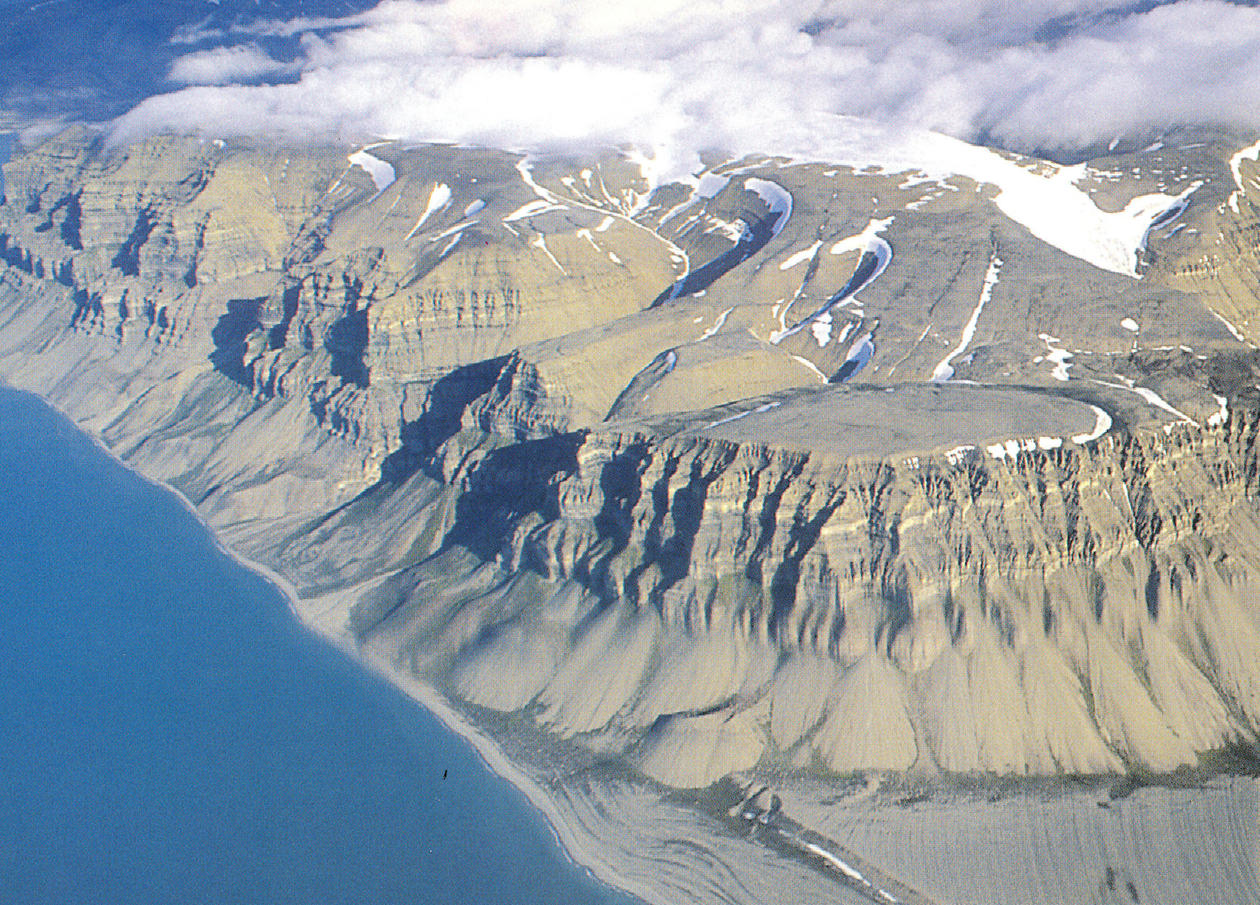Colluvium and colluvial systems
Investigation of the sedimentology, depositional processes and climatic proxy record of colluvial deposits
Main content
Colluvium (or talus) is a slope-waste material deposited in the lower part and foot zone of a mountain slope or other topographic escarpment and brought there chiefly by sediment-gravity processes. The deposition is highly episodic and often dominated by avalanches. Colluvial cones and aprons are a relatively new and little-explored frontier of sedimentological research. The geological interest in colluvial systems has three main reasons: these systems are commonly a record of fault activity; their formation indicates zones hazardous to human habitat; and their sedimentary successions can serve as a terrestrial proxy record of climatic changes. A series of case studies have been conducted in Norway, Turkey, Greece, Croatia and Spain.
Researcher working on this project:
Master students
